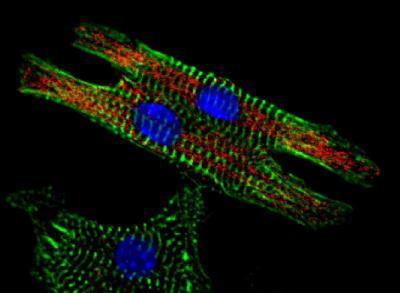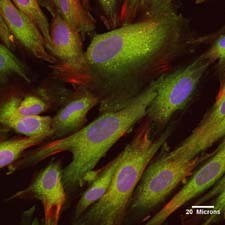Research and publish the best content.
Get Started for FREE
Sign up with Facebook Sign up with X
I don't have a Facebook or a X account
Already have an account: Login
 Your new post is loading... Your new post is loading...
 Your new post is loading... Your new post is loading...
|
|




















Researchers were able to produce healthy mice with two mothers that went on to have normal offspring of their own. Mice from two dads were also born but only survived for a couple of days. The work looks at what makes it so challenging for animals of the same sex to produce offspring and suggests that some of these barriers can be overcome using stem cells and targeted gene editing.